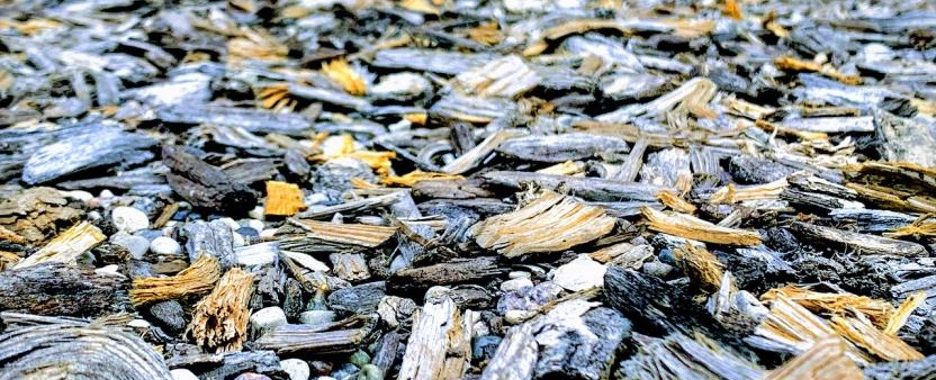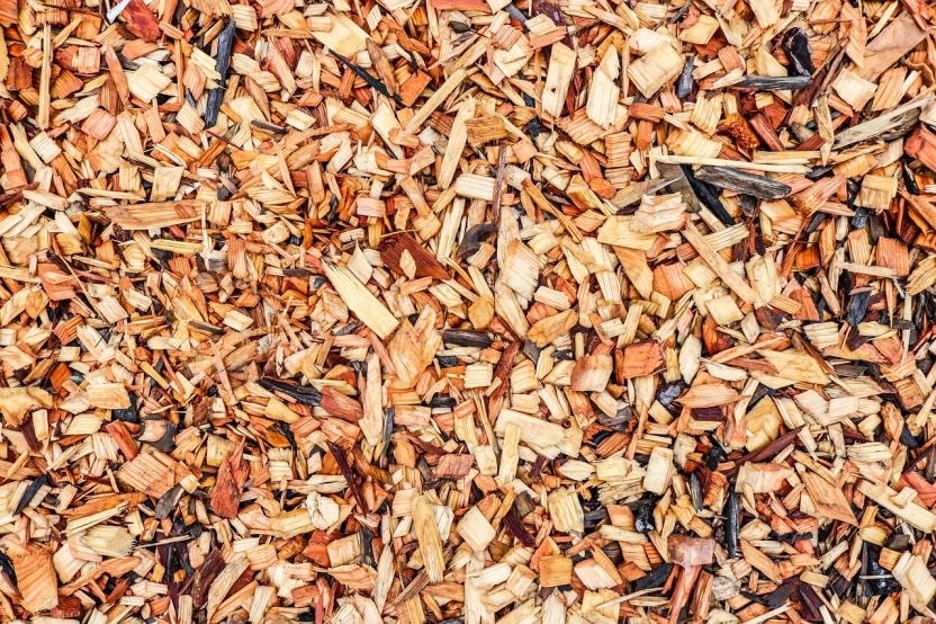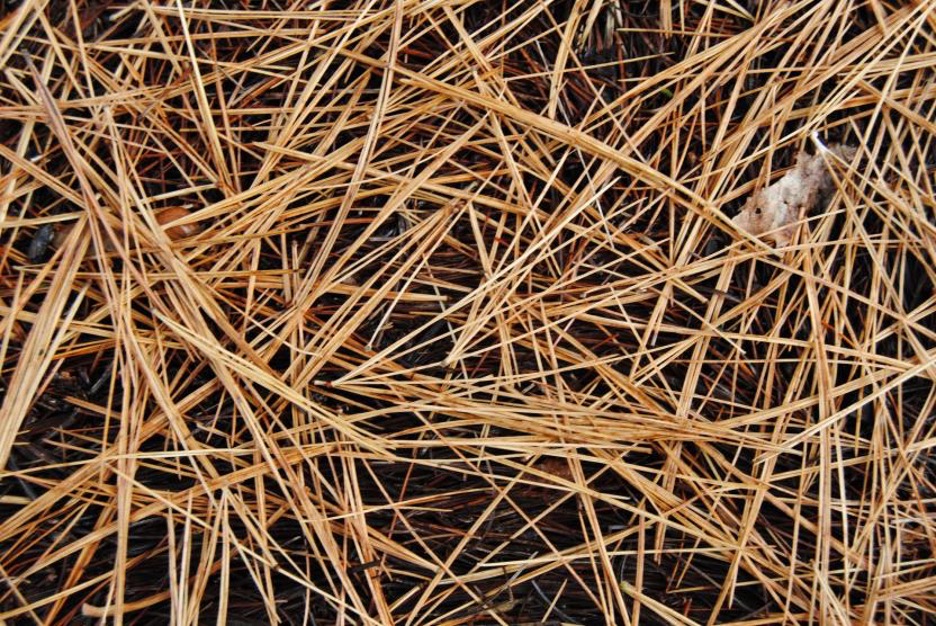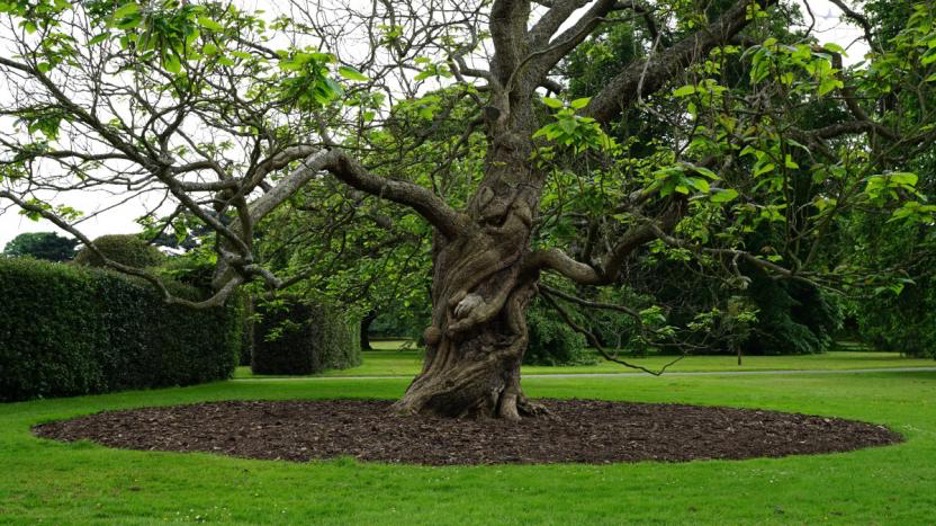Mulch: Importance, Types, and How to Use It
Special to The Loop by Beck Carter
LawnStarter of Austin
Mulch is critical to make a garden beautiful and healthy year-round. In this article, we’ll cover what mulch is, its importance, the types of mulch, and how to use it in your yard or garden.
What is mulch? Mulch is a protective layer of material laid over the surface of the soil. In its simplest form, mulch is fallen leaves and other plant debris. With just a few steps, you can replicate this naturally occurring phenomenon at home.
THE IMPORTANCE OF MULCH
Mulch has many benefits in a lawn or garden. It prevents erosion and reduces weeds and soil compaction. Mulch also protects roots from damage and soil from drying in direct sunlight. Mulch can help air and water penetrate the soil while increasing or lowering soil temperature, depending on the season. Organic mulch has the additional benefit of adding nutrients to the soil.
INORGANIC VS. ORGANIC MULCH
The two main types of mulch are inorganic and organic. One common misconception is that inorganic mulch is always synthetic. The main difference is that organic mulch decomposes while inorganic mulch either does not decompose or decomposes very slowly. Inorganic mulches can be natural products, such as pebbles or crushed stone, or they can be synthetic, such as black plastic.
Organic mulch, however, is made of plant-based materials and will decompose over time. This is beneficial because as the mulch decomposes, nutrients are added to your soil. Organic mulch includes materials such as pine needles, straw, and leaves.
TYPES OF INORGANIC MULCH
BLACK PLASTIC
Black plastic is a good mulch choice for weed control, warmth, and moisture conservation. Because black plastic prevents air and rainfall from reaching the soil, it’s important to cut holes in the sheet to allow water to reach the roots of the plants. This mulch works best in vegetable gardens but can be harmful if used around shrubs.
When exposed to direct sunlight, black plastic mulch will lose its effectiveness. Burying black plastic beneath the soil will make it last for years. Additionally, a more visually appealing organic mulch can be placed on top of the black plastic to keep it in place.
ROCKS
Several types of rocks can be used as inorganic mulch, including pebbles, crushed stones, and lava rock. While this permanent mulch can make removing debris difficult, it provides excellent weed control. Because rocks come in a variety of colors, sizes, and shapes, this is one of the most decorative and customizable options for your home.
Gravel and other types of rock look great near driveways and hardscapes. However, gravel can penetrate the soil, which can make future planting difficult. Some rocks can also raise the pH level of your soil, which can damage some plants. Additionally, rocks around shrubs and trees can create a hot environment and excessive stress for the plant.
LANDSCAPE FABRICS
Landscape fabrics offer weed suppression while allowing air and water to penetrate the soil. Also called geotextiles, landscape fabrics work well as mulch around trees and shrubs. However, this mulch option is ineffective in vegetable or flower gardens because digging will damage the fabric.
To make landscape fabrics look better and last longer, add a layer of a different type of mulch on top. This layer protects the landscaping fabric, which can become damaged when exposed to direct sun. While geotextiles suppress weeds well, weeds that do sprout must be pulled quickly. This is because roots may grow into the fabric, making them more difficult to remove.
TYPES OF ORGANIC MULCH
BARK
When used as mulch, bark is usually available as shredded bark or bark chunks. Bark is one of the most attractive mulch options and comes with a variety of benefits. Bark resists compaction, suppresses weeds, and is good to use on slopes.
Bark decomposes slowly, so homeowners don’t have to replace it too often. However, when it does decompose, it provides the soil with rich nutrients. Bark works well around trees and shrubs but should not be placed up against the trunk. Bark is also ineffective in vegetable gardens.
WOOD CHIPS
Wood chips are made from many tree types. Sawmills and tree companies sell wood chips for little to no cost, making this an affordable mulch option. However, issues can arise when wood chips come from these sources. Low-cost wood chips can contain weed seeds or may not be aged, leading to the production of toxic acids when they decompose.
To ensure that your wood chips are made from high-quality aged wood that does not contain seeds, it is important to purchase them from a reputable supplier. Unlike bark, wood chips can take nitrogen from the soil, so it is important to use fertilizers to replace it. Wood chips can be used around trees, shrubs, and perennial plants but should not be placed too close to tree trunks.
SAWDUST
Sawdust is an inexpensive mulch option that acidifies soil, making it an excellent option for use around acid-loving plants. It can be used for vegetable gardens, flower gardens, and around berry bushes, and it makes a good walkway mulch.
Weeds will sprout easily in sawdust. Sawdust also cakes easily, making it harder for water to reach the soil. Like wood chips, sawdust will take nitrogen from the soil. To combat this, you can use aged sawdust or combine your sawdust with fertilizer to prevent nitrogen deficiency.
STRAW
Straw is an excellent affordable winter mulch that provides good weed suppression, moisture conservation, and soil insulation. This mulch type decomposes more quickly than others and will need to be replaced regularly. Straw is great for use in vegetable gardens, as well as on annual and perennial plants, new lawns, trees, and shrubs.
Make sure to use straw and not hay as mulch. What’s the difference? Straw is made of grain stalks, while hay is made of dried grass or legumes. Hay is typically used for animal feed, while straw is good for composting and erosion control. Straw will have fewer weed and crop seeds than hay, which is better for your lawn. Remember, straw is highly flammable.
PINE NEEDLES
Pine needles resist compaction, allowing air, water, and other nutrients to reach the soil. They also stay in place due to the needles interlocking. This makes it an excellent mulch option for slopes. Pine needles decompose slowly and have the additional benefit of providing your lawn with a lovely fragrance. Use pine needles in annual and perennial gardens, as well as on shrubs and trees.
LEAVES
As a mulch, leaves are usually coarsely shredded instead of whole. Thick layers of whole leaves can smother plant roots, and the wind can blow them away easily. Shredded leaves are effective at controlling weeds, decompose quickly, and add nutrients to the soil. Shredded leaves can also be composted to create compost mulch.
To make your own leaf mulch, rake fallen leaves on your lawn into a pile, then use either a leaf shredder or lawn mower to shred them. These leaf pieces can be stored in a bag or a large container. Shredded leaves can then be used as mulch in your vegetable or flower garden or around your trees and shrubs.
COMPOST
Compost is a practical way to use your yard waste instead of simply throwing it away. Composting helps organic materials break down in a way that increases the nutrients your plants need to thrive. Compost mulch also promotes earthworms which help to aerate the soil. This mulch type works well in vegetable gardens, in annual and perennial gardens, and around trees and shrubs.
GRASS CLIPPINGS
Grass clippings are a good mulch for suppressing weeds. However, fresh grass clippings can become too compact and prevent water from reaching the soil. To avoid this, use dry grass clippings that have not been treated with herbicides. This nitrogen-rich mulch is a great option for use in vegetable gardens.
MULCHING AROUND TREES
While there is a decorative component to adding mulch to your landscape, mulching around trees provides benefits to your trees’ health. This is because mulch mimics the natural environment of decaying materials on the forest floor. Mulch adds nutrients to your soil, prevents weeds, and increases root growth.
Mulch can be applied year-round, but it is most impactful in the spring when root growth is most active. Mulch should not be applied on the trunk of your tree because it can kill the bark and lead to rot. Instead, apply the mulch 3-6 inches away from the trunk of the tree.
The ring of mulch should be extended 3-6 feet from the tree and should be slightly raised, about 2-4 inches. Mulch should generally be replaced yearly.
MULCHING QUICK TIPS
- Dormant perennials can be protected from freezing weather with shredded leaves or pine needles.
- Before and after applying mulch, water the ground thoroughly.
- For weed control, use a coarse mulch at least 3 inches deep.
- Do not put organic mulches in areas with heavy water flow.
- Wider areas of mulch are better for trees.
- Rocks can slow the flow of water in mulched areas and prevent plants from being washed away.
San Marcos has multiple locations open 24/7 around the area for residents to pick up free mulch.
 Beck is a creative writer from Central Texas. She graduated with an MFA in poetry from Texas State University. Beck enjoys martial arts, kayaking, and walking her wiener dog, Cookie.
Beck is a creative writer from Central Texas. She graduated with an MFA in poetry from Texas State University. Beck enjoys martial arts, kayaking, and walking her wiener dog, Cookie.






